How to Mental Stack Your Way to a New Chapter in Life
Most people feel trapped in a thousand ways. But more often than not, this sense of entrapment us into putting our heads down and getting the things we are expected to get done, done. We can’t often see the entrapment, especially if it looks like the result of our own choices in life. But were they truly our own choices? What if some of the choices we made in life have never really been ours to begin with?
I want to take us back a little. Back to when we were younger. When we had to rely on the wisdom of our elders, and those who have been in this life much longer than us. In my upcoming book Invisible Loss, I write about that time in our lives when we were at our most rebellious:
Disobedience—as a child, as a teen, as an adult in the world of work and home—is an act that creates invisible suffering. We learn to survive that repeated pattern of being commanded by our elders to be “good.” In order to be good and obey, we may create a life closer to that command but further away from our Original Self. We may work hard trying to be good, trying to please and fit into the mold created for us, but that only helps to build our Waiting Room life.
But time in the Waiting Room doesn’t need to last forever. And you don’t have to die inside it. There are parts within you that can bring forth a life worthy of your human existence. Places within yourself that have no shame.
As long as we have been alive, creating a life that aligns closest to the wishes of our caregivers and protectors blinds us to the life that we could choose for ourselves. That life is completely hidden even if we think we know our wishes. Often, only when we go through tragic or invisible losses, do we start to question those choices. Dare I say, these moments are opportunities to exit the loop of being “good.”
It is time to interrupt our regular transmission. It is time to be clear when it comes to what it is we are trying to communicate to the people in our lives. It starts from no longer trying so hard to fit into the mold that was created for us. No matter how old we are, we can always break outside this mold and align our choices with our true values and desires.
This is not an easy task. I understand that. At the core of my book, Invisible Loss, I’ve created tjos easy practice to help set you on the right path to your Original Self. I call it Mental Stacking:
What Is Mental Stacking?
Mental Stacking is the ability to intentionally layer your thoughts to replace unconscious, Survivor-based
thinking with Wisdom-based thinking. In doing so, these Wisdom-based thoughts can more easily be converted into real-life action. This Stacking practice allows you to access your true and authentic self (your Original Self) and entrust it with the controls of your life. Here is what a basic Stack looks like:
- The Cleanse: Transcribing the automatic, routine-based, unconscious thoughts. Write them down. Don’t stop writing until you feel you are done.
- The Pattern: Subtracting from that first layer the thoughts of fear and doubt. Once you write everything you are feeling and thinking down, read it back to yourself and find a sentence or two that comes from a place of fear or doubt. For example, somewhere in your long cleanse you may find yourself saying: “I feel trapped in my marriage and I don’t dare tell anyone about it because he is the nicest guy. All of my friends always tell me how lucky I am to be married to someone who takes such good care of me.”
- The Reframe: Writing the consciously reframed thought layer in the Stack. Take that sentence and reframe it. For example: “I feel trapped in my marriage and feel ashamed for feeling this way because my partner is such a good guy,” to, “even though I may feel shame about how I feel, I need to share these feelings with my partner even though it may not be expected or understood. This is my life, after all.”
- The Plug-In: Translating the reframed thought into action. Once you have that reframed thought, think of a low-risk action you can take that can stem from that newly scripted thought. For example, you can suggest to your partner to go for dinner at a brand new place where you can bring up what is on your mind in a new environment. You can act on your right to express yourself regardless of what the response might be or how others view your situation.
Your Mental Stack leads you to a specific next step that may not always be easy to see without the power of each previous layer in the Stack.
Here’s to a great new chapter ahead,
Christina Ramussen
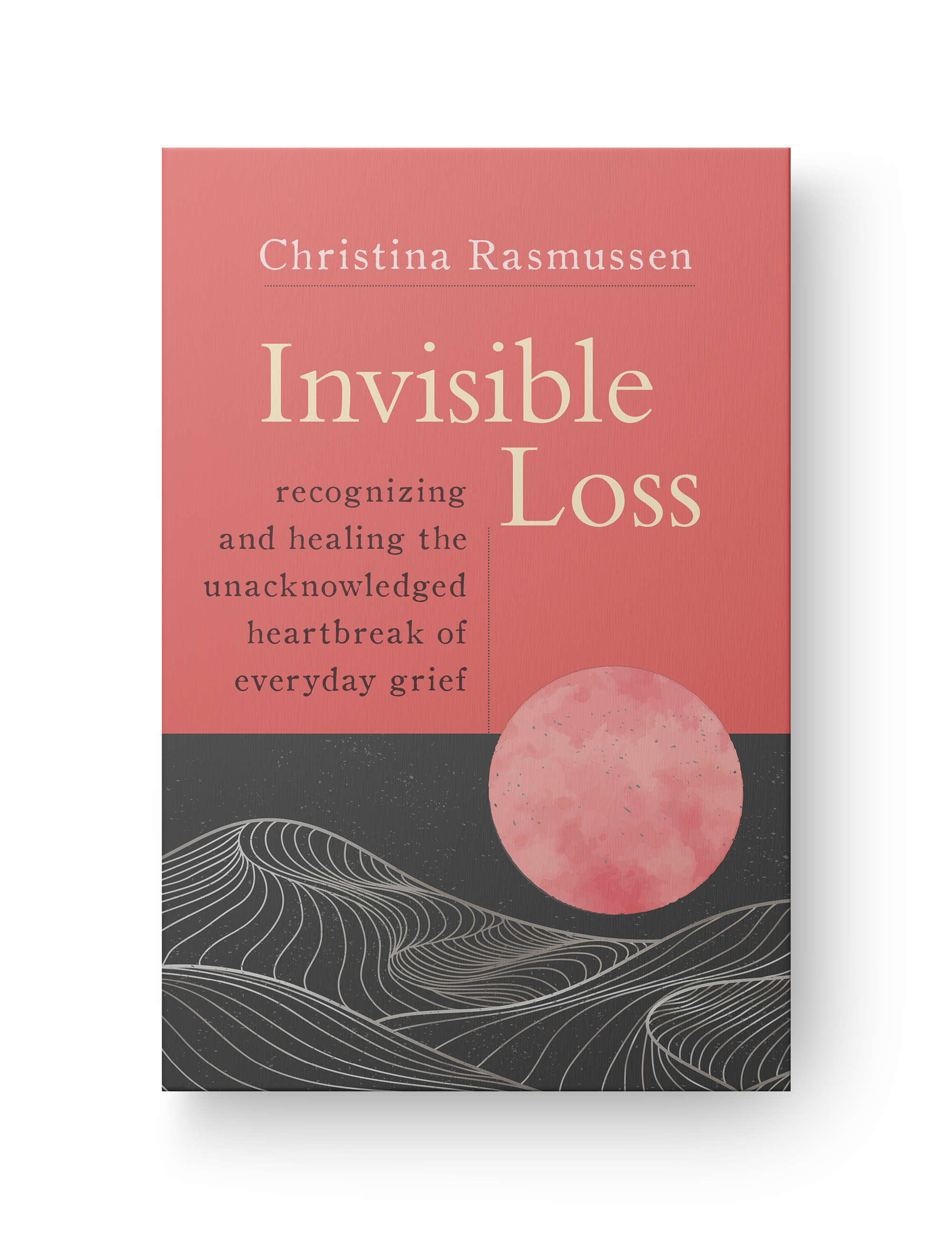
Invisible Loss
Amazon | Barnes & Noble | Bookshop | Sounds True

Christina Rasmussen is an acclaimed grief educator and the author of Second Firsts and Where Did You Go? She is the founder of the Life Reentry Institute and has helped countless people break out of what she coined the “waiting room” of grief to rebuild their lives through her Life Reentry® Model, a new paradigm of grief, based on the science of neuroplasticity. She lives in Austin, Texas. For more, visit christinarasmussen.com.
Author photo © Marc Olivier Le Blanc
What Causes Reactivity and How to Navigate it Skillfully and Mindfully

Our shadow-bound conditioning shows itself most often through reactivity. When we’re reactive, we’re automatically reverting to and acting out conditioned behavior, usually in ways that are emotionally disproportionate to what’s warranted in a given situation.
Reactivity is the knee-jerk dramatization of activated shadow material. Self-justifying and far from self-reflective, reactivity features a very predictable take on what’s going on, which we proceed with even if we know better.
The signs of reactivity include:
An exaggerated attachment to being right. If someone points out this attachment to us when we’re being reactive, it usually only amplifies our righteousness.
Emotional distortion and/or overload. More often than not, this behavior gets quite melodramatic. We may use emotional intensity to back up what we’re doing.
Using the same words and ideas from previous times we’ve been triggered. It’s as if we’re on stage saying our lines as dictated by the same old script. We’re acting and re-acting, even when we know we’re doing so.
A lack of—or an opposition to—self-reflection. The refusal to step back, even just a bit, from what’s happening fuels the continuation of our reactivity.
A loss of connection with whomever we’re upset with. Our heart closes.
A loss of connection with our core. We’re immersed instead in our reactivity.
Here’s an example of how to skillfully—and nonreactively—handle reactivity. Imagine you’re embroiled in a reactive argument with your partner or a close friend. You’re dangerously close to making a decision about your relationship to them that you vaguely sense you’ll later regret, but damned if you’re going to hold back now! After all, don’t you have a right to be heard?
Things are getting very edgy. Then, rather than continuing your righteous, over-the-top dramatics, you admit to yourself that you’re being reactive. Period. You step back just a bit from all the sound, fury, and pressure to make a decision about your relationship with this person. You’re still churning inside, but the context has shifted. You’re starting to make some space for the reactive you instead of continuing to identify with it. There’s no dissociation here — just a dose of healthy separation, some degree of holding space for yourself, perhaps even some trace of emerging care for the other person.
On the outside, you’re slowing down and ceasing to attack the other, saying nothing more than what you’re feeling, without blaming the other for this. You’re starting to allow yourself to be vulnerable with the other. You’re interrupting your own reactivity.
Your intuition begins to shine through all the fuss. You start to realize that, while you were being reactive, your voice sounded much like it did when you were seven or eight years old. The same desperation, the same drivenness, the same cadence. You were hurting considerably then and trying to keep your hurt out of sight, because earlier times of expressing it had been met with parental rejection and shaming.
You’re still on shaky ground, though, and could still easily slip back into your reactive stance. Just one more shaming or otherwise unskillful comment from the other could do the trick. So you soften your jaw and belly, bend your knees slightly, and take five deep breaths, making sure that you count each breath on the exhale. You know from previous experience that these somatic adjustments will help settle you; they are your go-to calming responses for stressful moments.
As the out-front reality of your reactivity is now in clear sight, you feel shame. Some of this is a beneficial shame, activating your conscience, letting you know that you crossed a line with the other and that a genuine expression of remorse is fitting. You say you’re sorry, with obvious vulnerability. Sadness surfaces in you. You don’t make excuses for your reactivity. Instead, you make your connection with the other more important than being right.
And a very different kind of shame also arises, one that’s far from beneficial. This shame activates not your conscience but your inner critic (heartlessly negative self-appraisal). It’s aimed not at your behavior but at your very being, taking the form of self-flagellation for having slipped—a self-condemnation that, if allowed to run free, mires you in guilt and keeps you from reconnecting with the other. You acknowledge the presence of this toxic shame, saying to yourself that your inner critic is present. It’s not nearly as strong as it usually is, fading quickly as you name it. You choose to address it in depth later on, outside of the argument you were just having, as part of your ongoing shadow work. Reconnecting with the other is a priority now, and it’s happening, bringing relief and gratitude to you both.
Excerpted from Bringing Your Shadow Out of the Dark: Breaking Free from the Hidden Forces That Drive You by Robert Augustus Masters.
Robert Augustus Masters, PhD, is an integral psychotherapist, relationship expert, and spiritual teacher whose work blends the psychological and physical with the spiritual, emphasizing embodiment, emotional literacy, and the development of relational maturity. He is the author of thirteen books, including Transformation through Intimacy and Spiritual Bypassing. For more information, visit robertmasters.com.
Buy your copy of Bringing Your Shadow Out of the Dark at your favorite bookseller!
Sounds True | Amazon | Barnes & Noble | Indiebound

Give Yourself Permission to Take Up Space
Dearest Friend,
We live in a world full of deadlines. Alarms. Screaming kids. Nagging bosses. More on our to-do lists than we could accomplish in three lifetimes. It’s easy for your needs to get buried underneath the rubble of daily life, and figuring out how to reconnect with your authentic self can feel touch and go… at best.
I wrote Needy: How to Advocate for Your Needs and Claim Your Sovereignty to lovingly provide the space for you to better understand your needs, experiment with new habits that help you meet those needs each day, and build a resilient connection with yourself that you can rely upon for good.
You have needs—your needs matter. And yet, you’ve been taught that pushing your needs to the back burner is the only way to get things done, that your needs are an overwhelming burden, or that self-care is a luxury you can’t afford. But the presence of your needs is a fact and not a flaw. You can reclaim your energy and give yourself permission to take up space in the center of your own life.
In Needy, I share my unique approach to identifying, honoring, and advocating for the most tender and true parts of yourself that yearn to be acknowledged. It is an invitation to embody self-acceptance, which leads to meaningful growth in self-responsibility, self-care, self-trust, and self-love.
This book will be a delicious companion for your journey, but you actually can begin caring for yourself with greater tenderness and open communication right now.
I invite you to take the next three minutes to check in with yourself.
Put down your phone, close your computer, and put your hand on your heart.
Breath deeply into your belly and ask yourself:
How do I feel?
What do I need?
What does my body need from me?
What is ONE, doable need that I am ready, able, and willing to meet?
Real self-care is responsive, not prescriptive. The care you are aching for right now will be found in asking yourself those four questions. Give yourself permission to start with one, tangible action.
And repeat as necessary.
Need more? I will see you between the pages of Needy. I am so grateful to be able to share this book with you, and I hope you will share it with the humans in your life who struggle to take up space in this way.
xx Mara
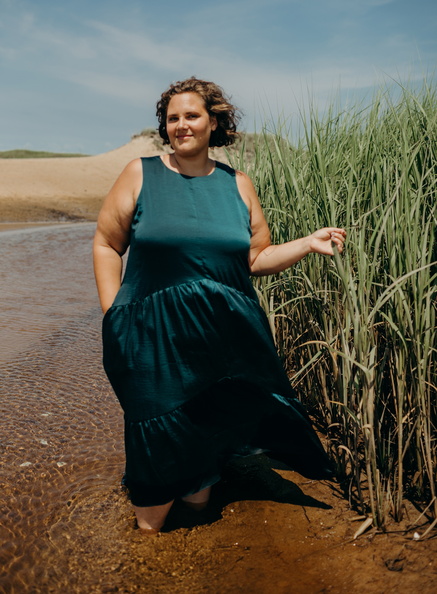
Mara Glatzel, MSW, (she/her) is an intuitive coach, writer, and podcast host. She is a needy human who helps other needy humans stop abandoning themselves and start reclaiming their humanity through embracing their needs and honoring their natural energy cycles. Her superpower is saying what you need to hear when you need to hear it, and she is here to help you believe in yourself as much as she believes in you. Find out more at maraglatzel.com.
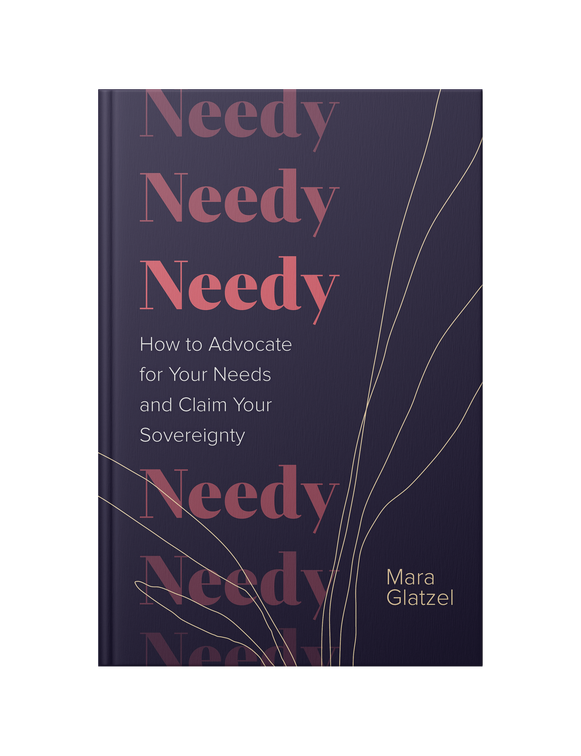
Learn More
Amazon | Barnes & Noble | Bookshop | Sounds True
The Trauma Response is Never Wrong
We have been tricked to believe that the trauma response is a sign of weakness and disorder. What science shows us is that the trauma response is in fact a sign of strength and proof of an inherent human drive to survive. We need society to catch up with science, and fast. We are no longer living in an era where we can assume that trauma impacts a minority of the population. Trauma impacts us all. This has always been true, but we can no longer pretend otherwise.
Unbroken is a book about the miracle of the trauma response, the importance of acceptance and self-compassion, and the transformative healing potential that lies within us all. Drawing on my experience as a trauma researcher, coach, as well as my own personal journey of healing, this book offers a new perspective on trauma that emphasizes the wisdom of the body and the resilience of the human spirit.
If you’re struggling with the after-effects of trauma, Unbroken can help you understand your experience in a new light. You’ll learn how trauma impacts the brain, the body, and the spirit, and how you can use this knowledge to start your journey of healing. You’ll discover practical tools and strategies for managing trauma triggers, regulating your emotions, and cultivating self-compassion. Most importantly, you’ll learn that the trauma response is never wrong – it’s a natural and adaptive response to a difficult situation.
One of the most important lessons of Unbroken is that the trauma response is never wrong. This means that even if you’re struggling with symptoms like anxiety, depression, or dissociation, your body is doing exactly what it needs to do to protect you. By embracing this truth, you can start to shift from a place of shame and self-blame to a place of self-compassion and empowerment. The book is chock full of tools that will help you understand and appreciate your trauma response and how to intervene when that response is tripped off unnecessarily. I can’t wait for you to dig in and I can’t wait to hear how this book changes you. It certainly changed me.
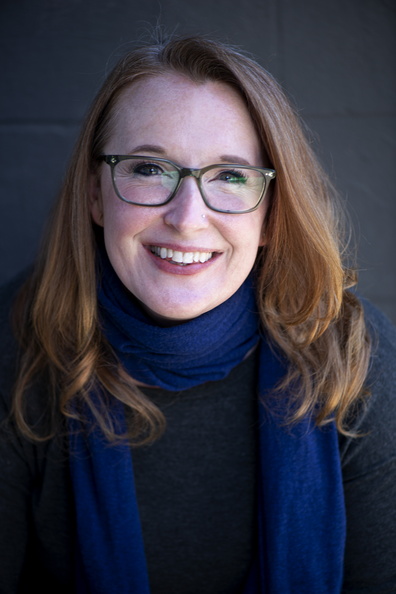
MaryCatherine McDonald, PhD, is a research professor and life coach who specializes in the psychology and philosophy of trauma. She has been researching, lecturing, and publishing on the neuroscience, psychology, and lived experience of trauma since the beginning of her PhD in 2009. She’s published two academic books and many research papers, and she is the creator of a trauma-based curriculum designed to serve previously incarcerated folks and veterans
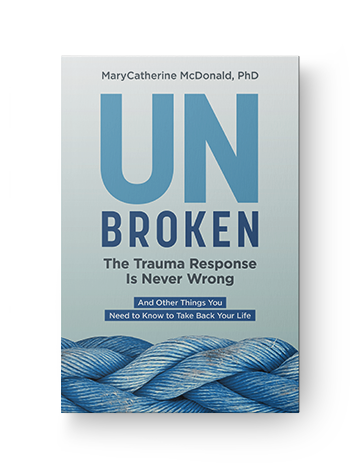
Learn More
Amazon | Barnes & Noble | Bookshop | Sounds True
Free live stream with Thich Nhat Hanh!
Thich Nhat Hanh has spent decades exploring the power of the present moment to nourish oneself and others. In the present moment alone, he teaches, can we let go of ideas that lead to suffering, rest and renew ourselves, and discover the many conditions of happiness that are already here before us.
Now, you are invited to join one of the most respected teachers of our time in A Free Live Online Event with Thich Nhat Hanh: Refreshing Our Hearts: Touching the Wonders of Life. Streaming live from the historic Paramount Theatre in Oakland, California, on Saturday, October 26, at 6 pm ET (GMT-4), this two-hour video program will illuminate how the practice of mindfulness can radically transform our lives and our world.
Featuring the monks and nuns of Plum Village performing song and monastic chant, guided meditation and dharma teachings with Thich Nhat Hanh, and more, this rare event will bring you into the company of thousands around the globe as we open together to the joy and fulfillment that can be found within every moment.
Can’t make the live event? An on-demand edition will be available within three business days of the event’s conclusion.

The Practice of Presence
PRACTICE ONE PRESENCE
START HERE . . .
I’m starting with love. I’m starting with breath.
I’m starting with stretching my body that carries me despite the aches.
I’m starting with a hand over my heart. I’m starting with forgiveness.
I’m starting with a clean slate.
I’m starting with a cup of tea and a crisp new page. I’m starting with a tearful release.
I’m starting with wind on my face and gratitude on my lips. I’m starting with my eyes up, not down.
Today, life is calling me to take my own path— Go at my own pace,
Stop when needed,
Notice the signs, people, and sights meant for me. Today, life is calling me to show up—
And I take this brave step by declaring . . .
Love is where I’m starting.
May it also be where I am going. Love IS the way.
Ever since I recovered Google Island, the book I wrote as a child, I’ve been making an intentional effort to connect with that younger version of me, the one I now call “my Dreamer Girl.”
This was the “me” who knew at a very early age that lovingly respond- ing to myself and those around me brought me joy. Over the past few years, I’ve spent time remembering what my Dreamer Girl was like.
She couldn’t walk by a stray cat without talking to it.
She marveled at the sounds she made with her violin and bow.
She loved the rush of the wind when she swung as high as she could go.
She freely ran through the sprinkler in her bathing suit, unhindered by her squarish body that held an abundance of freckles.
And most of all, my Dreamer Girl’s joy was found in filling spiral notebooks with observations, stories, and dreams.
I can’t pinpoint exactly when I decided these inclinations were not acceptable and therefore needed to be abandoned. I’m pretty sure it was during adolescence when I began assuming the roles that gained the world’s approval—roles like the Planner, the Go-Getter, the Accommodator, the Helper, and the Overachiever—and when accolades took precedence over pleasure.
And those roles were just the beginning. In the twenty or so years that followed, I took on so many roles and expectations that it should have come as no surprise when it all became too heavy to bear.
But it did. I can still see myself at my breaking point—the teacher, the partner, the mother, the daughter, the sister, the volunteer, the completist, the juggler, the people-pleaser, the fixer, all simultane- ously coming undone during a morning jog, my well-crafted roles unraveling so quickly I didn’t even try to hold myself together.
Fueling my breakdown was a question I got a lot: “How do you do it all?” I’d always taken it as a compliment, but not on this particular day. At thirty-eight years old, I’d reached the very frayed end of myself, and that question loomed before me, forcing me to stop and face the answer I’d been running from.
I could “do it all” because I missed out on life—I missed out on the laughing, the playing, the creating, the connecting, the memory mak- ing . . . the living . . . the loving . . . and what I missed I cannot get back.
That truth was so gut-wrenching, I was forced to stop. I collapsed to my knees and I wept for all that I’d lost and the desolate place I was in. It was then and there that I decided to tell the truth. Looking back now,
I realize the significance of that response. For once, I did not push the pain and discomfort away. I allowed myself to feel it, to let truth enlight- en me, which is why tears of despair turned into tears of relief.
I’d lost my connection with my Dreamer Girl, the tree climber, the notebook filler, the music maker, the seed planter—but she was not gone. Oh no, she was still with me, in here, hand over heart.
I just needed some time . . . space . . . and permission to reconnect with her.
Dear Soul Shift Companion, does that thought resonate with you? Because here’s the reality: as we grow further and further away from childhood, the demands and stress of life increase. We forget we have the power to say yes to what delights our heart and soul, makes us feel alive, and brings us peace. But in order to live an au- thentic, joyful, and purposeful life, we must remember how to say yes to those very things!
We can do it through the Practice of Presence—an intentional choice to temporarily push away distractions and be fully present in the mo- ments of our life.
Within hours of my emotional morning run, I made this choice for myself.
I was in the middle of making lunches. My younger daughter, Avery, who was almost four years old at the time, was on the sofa watching The Lion King. My computer was open, the phone was buzzing, and I was thinking about all the things I needed to do that day. In that moment, I looked up and noticed—really noticed—my child. A clear voice inside me said, “Go be with her. There is nothing more import- ant right now.”
Without closing the bag of bread or looking at the clock, I placed the knife across the jar of peanut butter and went to hold my child.
What happened next was something no one had ever done in my whole life: my daughter brought my hand to her lips and gently kissed
the inside of my palm, as if offering a silent but powerful acknowledg- ment of my presence.
This is remarkable, I thought. Tears filled my eyes.
I was so grateful I did not miss that moment and knew I didn’t want to miss any more.
This strong desire to not miss my life is what sparked my Practice of Presence.
Of course, at the time, I did not know it would become my Practice of Presence . . . I called it “going hands free,” a term that was inspired by that kiss-on-the-hand moment.
It might sound contradictory to the process, but being a planner, I needed a plan. Realistically, I knew I could not overhaul my life, give up technology, or abandon all my duties and responsibilities, but that initial response I made to heed the inner voice demonstrated it was possible and practical for me to dedicate small increments of time to just being present.
As an experienced teacher of students with behavioral issues and low self-esteem, I knew the impact of small, achievable steps in creating new, positive pathways. Change begins with a behavioral action, and when you change your behavior, your perspective starts to shift, too.
So, I started with ten-minute periods of time during which I set aside my phone, computer, and agenda to be fully present and open to connection.
It was impossible not to notice how one choice produced a ripple of positive outcomes. For example, after opening my pop-up chair at my older daughter’s swim meet, I chose not to get out my work in an attempt to maximize the free time. Seeing my open lap and available attention, Avery asked if she could sit there. Holding her made me feel at peace and connected to her. When the meet was delayed, I did not fly off the handle because my plan was derailed. Instead, my daughters and I went and asked the coach how we could help, which he seemed to appreciate.
We got home later than expected that night, but I hadn’t yelled or felt that internal pressure . . . which resulted in my falling asleep without
the pain of regret. With one choice to be fully present, a series of mean- ingful experiences were created, lasting far beyond a solitary moment.
As I continued to practice choosing connective presence over pro- ductivity, efficiency, distraction, and control, I realized that a feeling of peace consistently came along with that choice; it was as if I was receiving an internal message of encouragement from my soul that said, This feels in line with how I want to live.
Now, does this mean that from this point on life was rainbows and
butterflies? Absolutely not. The damaging habits and beliefs I’d car- ried for decades were deeply ingrained, and life continued to deliver unexpected challenges. So, naturally, there were times when I didn’t choose a loving, compassionate, or healthy response to conflicts or big feelings. But . . . I was practicing.
And here was the difference: when I encountered a painful exter- nal clue—a wounded expression, a troubling comment, an upsetting memory, an uneasy feeling—I did not push it away. The difference was . . . I acknowledged it. I allowed myself to feel my response to the discomfort without judgment, so it could be used as information to lead and enlighten me.
Because of this willingness to be present for it all—the remarkable moments and the mundane moments, the peaceful moments and the uncomfortable moments—I was able to move from the painful truth of I am missing my life to a new, healing truth:
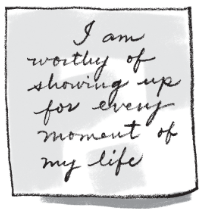
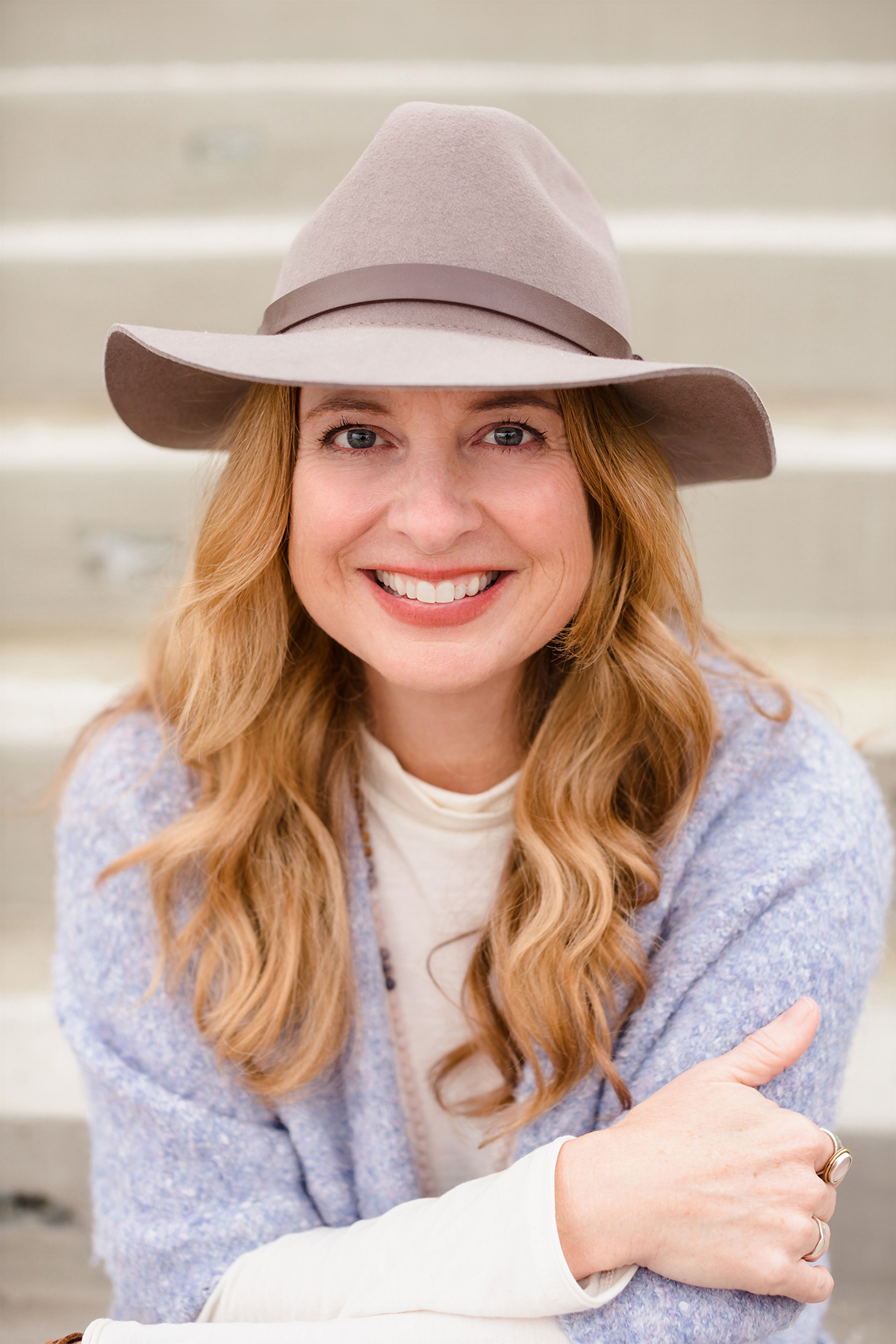
Rachel Macy Stafford is the New York Times bestselling author of Hands Free Mama, Hands Free Life, Only Love Today, and Live Love Now. Rachel is a certified special education teacher whose personal strategies are universal invitations to embrace life with urgency and cultivate connection despite the distractions of our culture. Her blog and social media platform are sources of inspiration to millions. For more, visit handsfreemama.com.
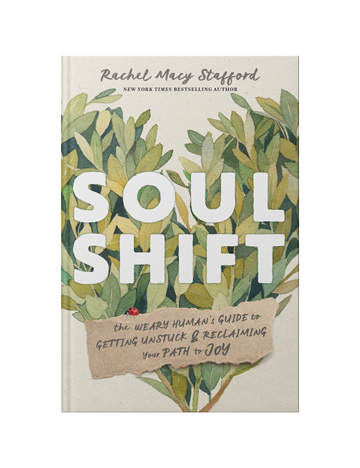
Learn More
Amazon | Barnes & Noble | IndieBound | Bookshop | Sounds True







